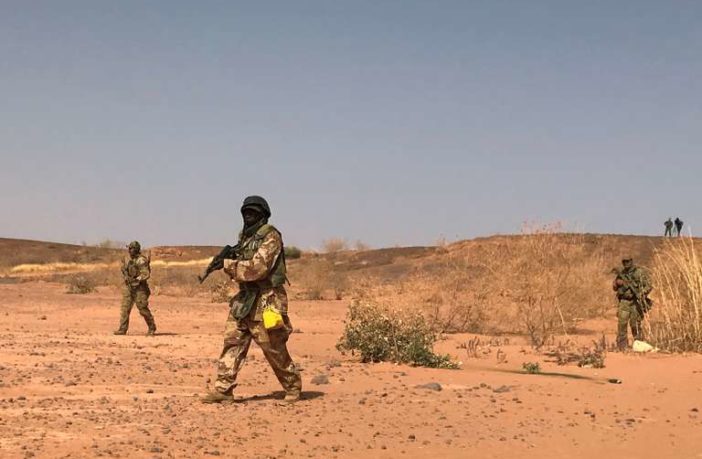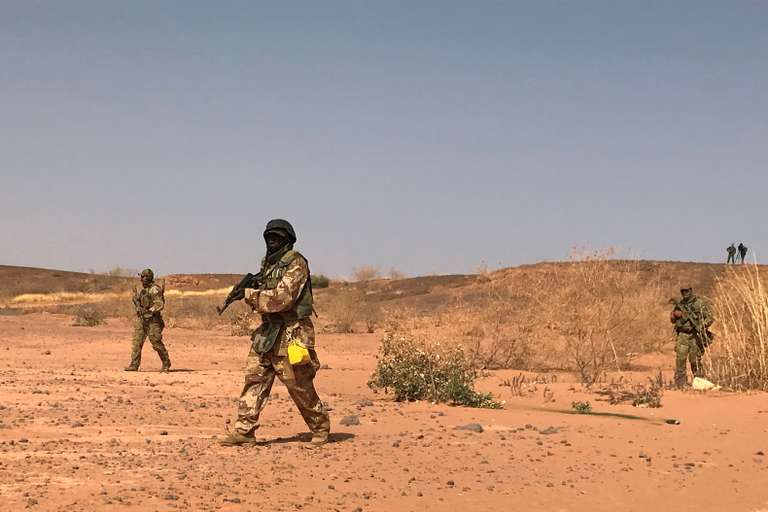Council on Foreign Relations
Blog Post by John Campbell
Nigerien commandos simulate a raid on a militant camp during the U.S. sponsored Flintlock exercises in Ouallam, Niger April 18, 2018. Regardless of their affiliation, these groups pose a real threat to the security and stability of the region. Aaron Ross/Reuters
The New York Times, citing U.S. military sources, identifies the Islamic State in the Greater Sahara as responsible for the October ambush that killed four American soldiers in western Niger. The U.S. Department of State has already designated it to be a “foreign terrorist organization.” The name of the organization conjures association with the Islamic State in Syria and Iraq, but caution is required. Evidence that the Islamic State of the Greater Sahara is somehow an extension of the Islamic State in the Middle East or even in Libya is sparse.
The leader of the ambush is identified as Doundoun Cheffou, allegedly a “lieutenant” of Adnan Abou Walid al-Sahraoui. (The spelling of names is variable.) Cheffou is, among other things, a cattle herder and a member of a largely marginalized ethnic group. Al-Sahraoui was deeply involved in the 2013 temporary Islamist take-over of northern Mali. He merged his group with Mokhtar Belmokhtar to form al-Murabitoun. He pledged allegiance to the Islamic State’s al-Baghdadi in 2015, thereby splitting al-Murabitoun. In addition to being an Islamist terrorist, Belmokhtar is also known as Mr. Marlboro for smuggling, among other things, cigarettes.
Cheffou appears to be part of a constant








